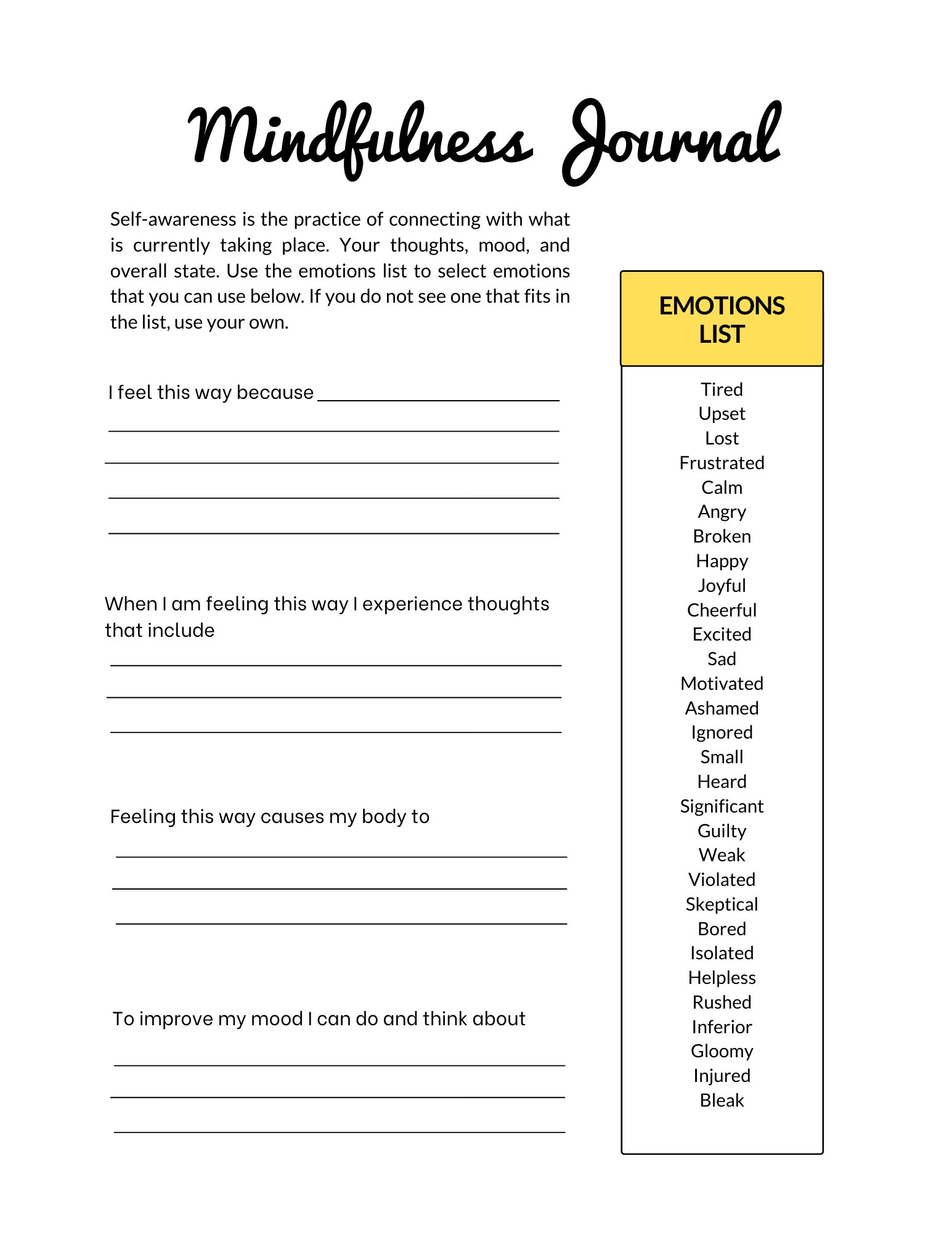
Scaling Customer Walls Counseling Today Archive
Scaling Client Wall Surfaces Counseling Today Archive
He wound up specifying what he identified resistance as the customer's efforts to avoid anxiety-provoking, mentally endangering information. In Freud's view, if the client wasn't "purchasing" what he was "marketing," the client was being resistant. Resistance was something in the customer and, for much of psychotherapy's background, specialists were not urged to check out their own payments to it. This group may be recognized in a plethora of manners and forms (see Humă et al., 2023). Though clients first give an answer right here, it normally involves the customer qualifying said answer, thus restricting their arrangement with the proposal, or answering the concern in a 'pro-forma' manner, but after that pursuing their own course of action (i.e., 'redoubling'). This places the trainer's inquiry as (to some extent) insufficient or irrelevant for the client's concern or current frame of mind.
Customer Resistance In Treatment: Just How To Assist Hard Customers
Cognitive therapists see it as resulting from customers' altered thinking. From a behavior viewpoint, resistance results when the customer is enhanced by the wrong point-- a concept once called second gain. Despite the advancements we have actually made in numerous areas of psychiatric therapy theory and practice, insufficient focus is still given to the idea that clients' "resistant" behaviors are just all-natural responses to tight spots, and ought to be viewed as valuable types of communication. Generally, recognizing and dealing with reasonable resistance with internalizing customers frequently involves close surveillance of refined indicators of a tear in the restorative alliance or places where the client and therapist might not be seeing eye-to-eye. As mentioned over, internalizing clients might be hesitant to articulate such problems aloud and this, together with the intrinsic power discrepancy in therapy, may leave the obligation to the specialist to carefully increase these issues. Successfully browsing cases of resistance likewise requires the restorative relationship to take precedence over details interventions.
- It blocks the progressivity of the sequence and notes a feasible tear in the working alliance between trainer and customer (Muntigl, 2013).
- In Freud's sight, if the customer wasn't "purchasing" what he was "marketing," the client was being immune.
- The increasing last contour along with the ensuing gap in line 13 leaves area for the instructor to correct this strategy, which he does not.
- Behavioral research study recommends that not only will coming across as responsive in your sales discussions make you much more convincing, but your prospect will certainly also like you more and be a lot more curious about partnering with you.

Emca Wiki Bibliography Products Labelled With 'resistance'
We structure this listing in regards to particular instances of resistance, complied with by tips for ways to deal with each type of resistance in therapy. This listing is not exhaustive, and a few of these instances might be more germane to certain healing positionings (e.g., cognitive-behavioral, psychodynamic, humanistic); we hence urge visitors to draw links to potential instances in treatments of other styles. Unlike its subconscious (i.e., transferential) counterpart, practical resistance is clearly experienced by the customer and thus reportable. Extensively defined, reasonable resistance describes customers' conscious, calculated opposition to restorative efforts that they fall short to recognize or approve.
Gotten Rid Of Resistance To Change With Marina Field
Or, on the other hand, you may dislike when somebody tries to talk to you and like the individual who disregards you and is peaceful. You can't make people transform, but if you're a good therapist, you can motivate them to wish to transform. It's also Look at more info OK for a psycho therapist to finish the partnership, states Abblett. " I speak about just how it seems like we're not on the same web page about our assumptions of the work and our mutual obligations," he claims. Abblett outlines what he thinks his own duties are towards a customer, then asks the client if he's meeting them.
